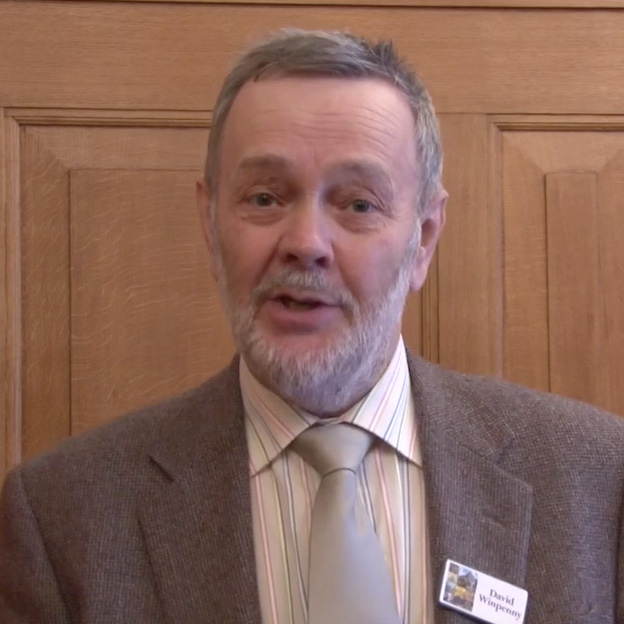This lecture will give a brief history of country house visiting
Since at least the Middle Ages castles, monasteries and country houses have welcomed visitors – initially as guests or as pilgrims, later as tourists. Gradually a pattern for such visits developed, with great houses open to the respectable gentry and upper middle classes, who were shown around by the housekeeper or steward. When pressure for visits increased, rules were drawn up and tickets issued. The houses of celebrities like Sir Walter Scott were a popular destination by the start of the 19th century, but a real fillip to country house visiting was the opening, by Queen Victoria in 1838, of Hampton Court Palace. Combined with the growth of the railways and then of bicycles and cars, visits became popular for all classes. After two world wars the pressures on country houses became ever greater, so pioneers like Lord Bath and the Duke of Bedford found new ways of attracting paying visitors to their houses and estates. With the establishment of the National Trust’s Country House Scheme and, later, the Historic Houses Association, our current pattern of country house visiting has become well established. This talk includes quotations from contemporary visitors to country houses, including Pepys, Defoe, Dr Johnson and Jane Austen.
How to book this event:
Visitors are welcome to book tickets via the Campus West website at www.campuswest.org.uk
THE ARTS SOCIETY ACCREDITED LECTURER

Mr David Winpenny
Studied English at Birmingham University and taught for several years before joining the Countryside Commission as Co-ordinator of its National Parks Campaign. Worked for the Central Office of Information in Leeds before setting up own public relations company. Author of Up to a Point - in search of pyramids in Britain and Ireland and has written and contributed to several books for the AA. Writes regularly for BBC Countryfile Magazine, is chairman of Ripon Civic Society and lectures on architectural and related subjects.
OTHER EVENTS
Lecturer Rosalind Whyte will explore 18th to 20th century Scottish art


